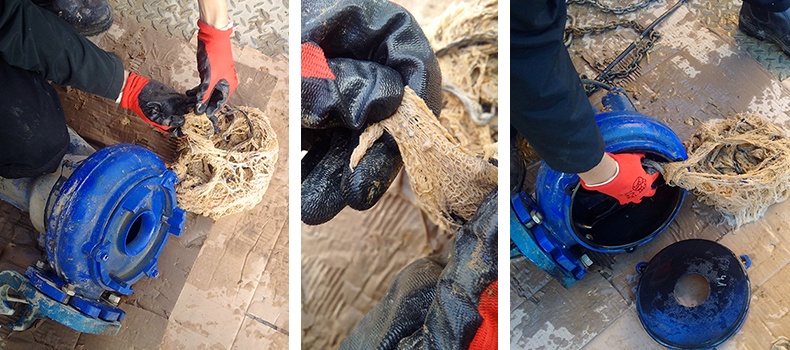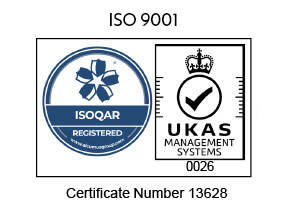The Problem
Fixing and reducing leakage within the water network is a major priority for water companies as they attempt to sustain the UK’s aging water infrastructure and stem the extent of perfectly drinkable water that is lost through leakage, which is said to amount to 3.1 billion litres…. every day!
The Symptom
The water companies are said to be making progress in reducing leaks (according to Ofwat, leakage is down a third from its peak in 1994-1995) however another way of reducing leakage is by reducing the supplied pressure; the official Ofwat Low Pressure regulation states that UK water companies must maintain a minimum pressure in the communication pipe, which carries water between the mains and the boundary of a private property, of at least 7 metres static head which is approximately 0.7 bar. Whilst in many cases water companies will be delivering in excess of the minimum requirement, even at 1 bar, this simply isn’t enough to sustain demand in larger residential properties, high rise buildings or commercial and industrial buildings with multiple water outlets.
The solution
This explains the need for pressure boosters in most occupied buildings greater in size than a typical UK house, knowing that you need to specify a pressure booster is the easy bit, knowing exactly what type of pressure booster you need is a bit more complex.
The first consideration has to be how much water pressure does the building need to be able to sustain the expected demand for water. This is a calculation based on how many taps, showers etc. will be fitted within the building and how many of these are likely to be used at once, as part of this calculation it is also important to factor in the peak demand flow rate, i.e., the worst case scenario that could occur if all the taps or showers were used at once, which is more likely to occur in sports clubs, stadia etc.
Other considerations are the static height difference between the water storage tank feeding the pressure booster and either the shower or tap at the highest point in the building, the required pressure at said highest outlet and the pressure loss from friction in the pipes. Finally, consideration has to be given to emergency or maintenance cover at peak demand, so for example, in a scenario where one pump fails and needs repair/replacement, how will the rest of the system deliver the required level of pressure.
On pretty much every project, you will need to make assumptions in order to be able to make this calculation but the burden of this doesn’t have to lie solely on your shoulders. Dutypoint offers you tools to help you choose the right pressure booster for your specific project, both through the Big Red Book Selection Manual & Price Guide and through our online product selector.




 Lloyd Preston
Lloyd Preston  19 April 2019
19 April 2019 






